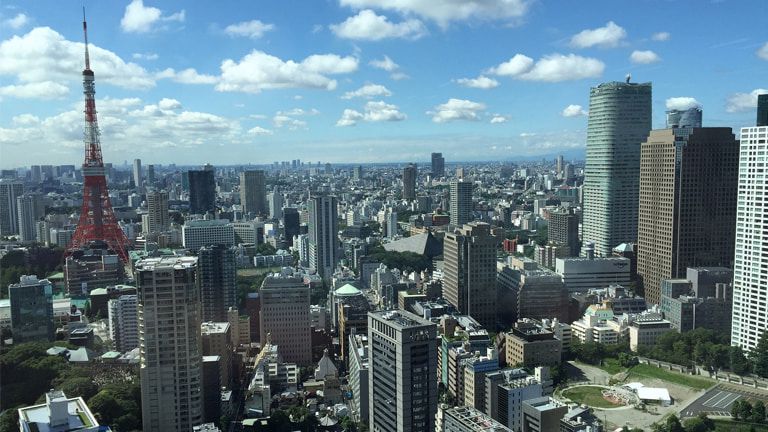Nearly five centuries after the Portuguese arrived in Tanegashima, Japan has, in recent years, been discovering a modern and competitive Portugal. Portuguese exports to Japan doubled between 2015 and 2024, from 145 million to 292 million euros, and Japan is now one of Portugal’s main investors. Understanding the decision-making process is crucial to entering a market that takes time and requires trust.
In Japan, the introduction of the musket – which became known as the tanegashima – was made by the Portuguese in 1543. The tanegashima appears to have been based on matchlock firearms. The lord of the Japanese island of Tanegashima, Tokitaka (1528-1579), purchased two muskets from the Portuguese and tasked a gunsmith with replicating the barrel and firing mechanism. Within a few years, the use of the tanegashima in battle permanently changed the way war was waged in Japan (with greater emphasis on infantry) and accelerated the country’s reunification, initiated by the daimyo Oda Nobunaga.
What occurred approximately 482 years ago, as part of a globalisation process in which Portugal was a pioneer, was the introduction of a new technology, produced in Goa (offshored manufacturing), and subject to a process of reverse engineering, resulting in successive incremental improvements.
By Miguel Malheiro Garcia, AICEP Director in Japan (Tokyo)




